Yesterday Frank recounted his earliest experiences as an apprentice at a couple of different art studios. The story continues... ~ Leif Peng
Frank writes...
"At this point I was blessed with one of the advantages of Detroit in that my next employer was, like so many studio heads,almost as interested in nurturing young artists as in making money. Ivan Smith had a couple of us aspiring guys learning and earning slowly, doing comps, spots and experimenting. He was the man I mentioned before who gave Ardy space and supplies. Without studio owners like this us guppies wouldn't have been able to cope with the competition of commercial art."
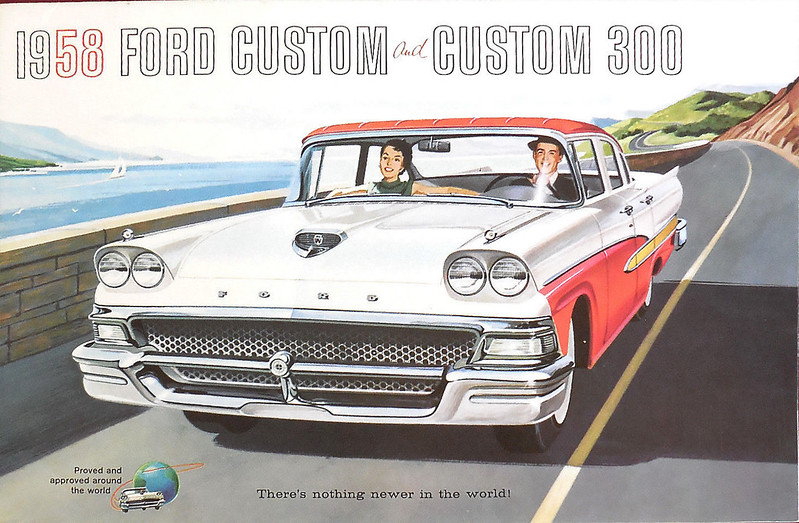
"Don't misunderstand, none of this was a free ride. There were dues to be paid. We learned it was a tuff, demanding business and if you weren't willing to give it your all, nights, weekends, whatever, you weren't going to last. There was a term a bunch of us bandied about: "hacks," a term of endearment not derision. One of the proudly proclaimed hacks was Ed Fella, who has become a world renowned designer who publicizes himself at talks world round as "Currently a former Detroit commercial artist."
"It was at this stage that I learned just how important I was. I did a piece for JWT that I was proud of, so I signed it only to have it bounce back quickly to have me paint out my name, with the comment "We're selling Fords, not Furlongs."
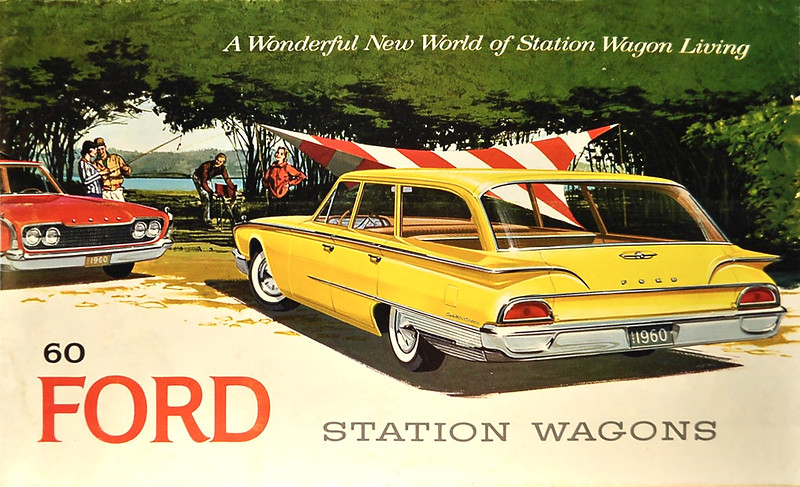
"Then I joined the game trying to find the artist's name in ads, hidden away in store names, street names and initials on the license plates. Maybe not the same as finding Ninas in Hirchfield drawings but a challenge none the less. Later in my career GMC asked that I sign my work. I think they felt I'd put more into the work if my compadres were to judge me on it. And that brings up one of my favorite events..."
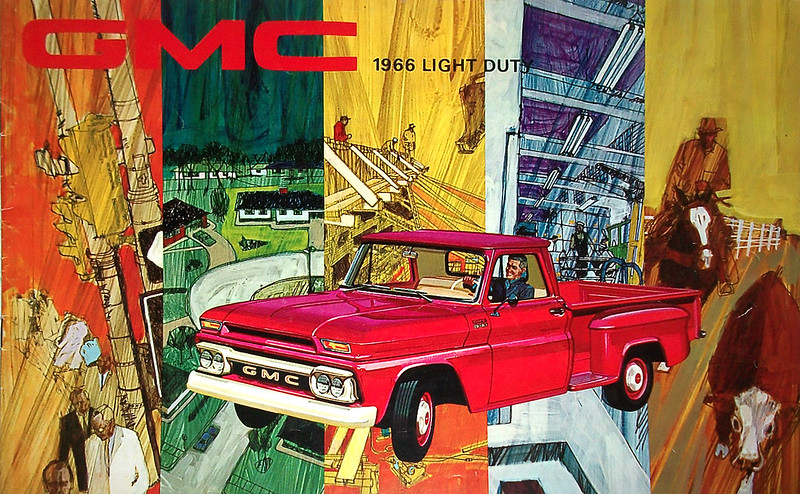
"The artists had a show with no judges, jury or input by anybody but the artists. As I remember we each entered two pieces, guaranteed to be hung. A show that said plain and simple "This is what I do" or maybe "This is what I'm proud of." A show by the artists, for the artists and of the artists."
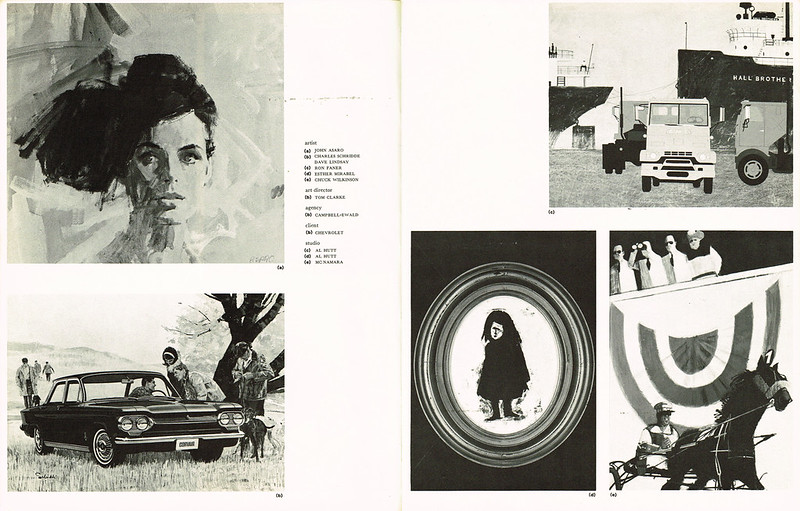
"As I've said before Detroit's artists were a pretty fraternal sort and so we had frat houses, or club houses, or whatever. Okay, so they were a couple bars, near where we parked our cars. Wonderful places to wait while traffic cleared, around 10 at night, since that was the usual end of a working day. Not so bad considering that the day most always started around lunch time. I think the odd hours were dictated by the agencies being unwilling to let go of their input and needing the work done NOW. Because of this we got to know each other and catch up on the latest gossip. My time in Dallas taught me this should be called "drinkin' mash and talkin' trash." It was a comfortable situation and no less a personage than Coby Whitmore thought this was great fun. It was, and part of the comfort was that this time was just about exclusively the artists. Okay, we shared some of it with late working construction workers, but no reps and no clients. And the show let us see what everybody was doing."
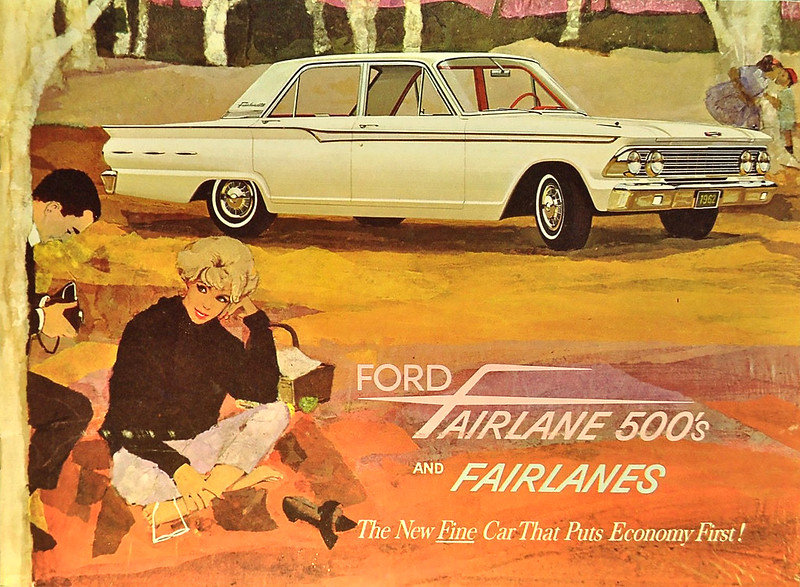
"I'm going to take a break here but first a sidebar: A couple months before his death I had a phone conversation with Bob Heindel and he talked of how he missed the time spent mixing with artists in Detroit, saying he "really hated this famous shit."
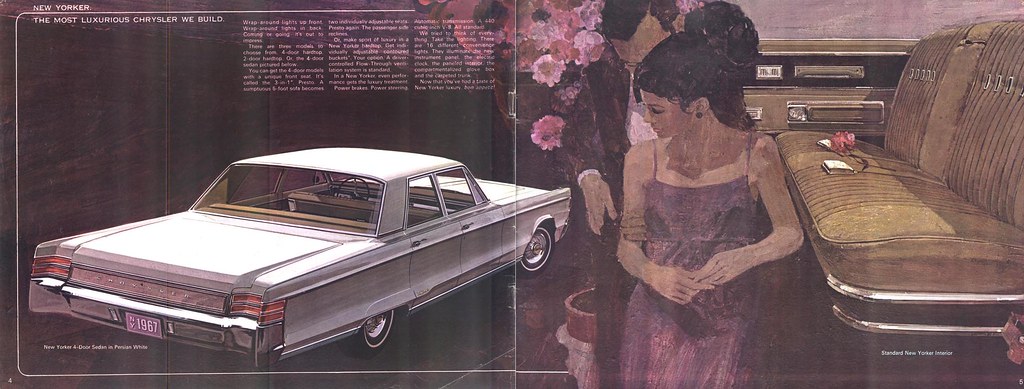
(Above, a Robert Heindel brochure illustration from 1966)
To be continued...









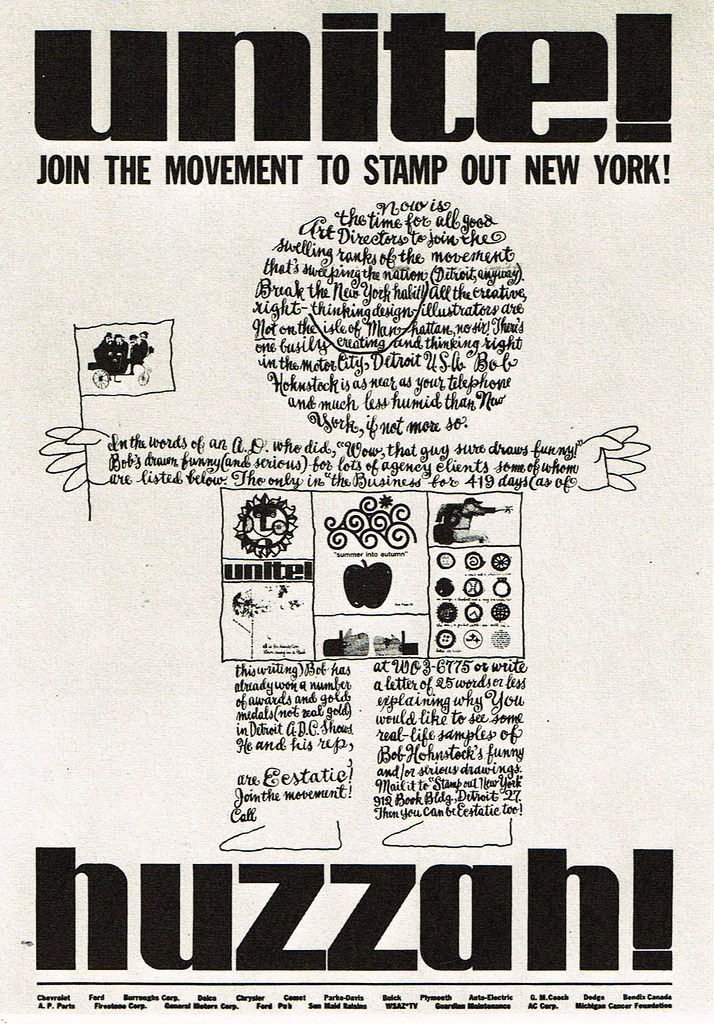
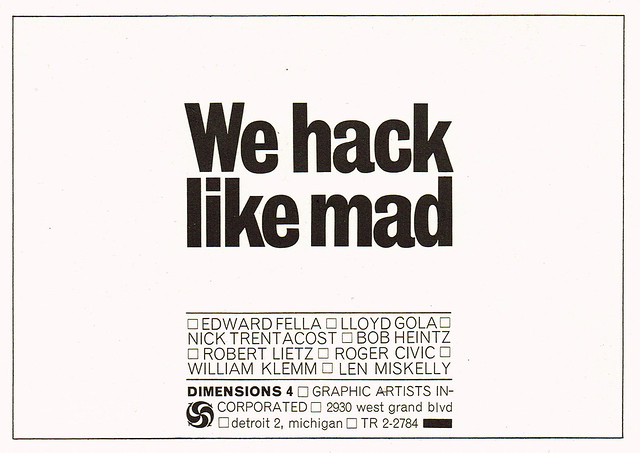
Post a Comment